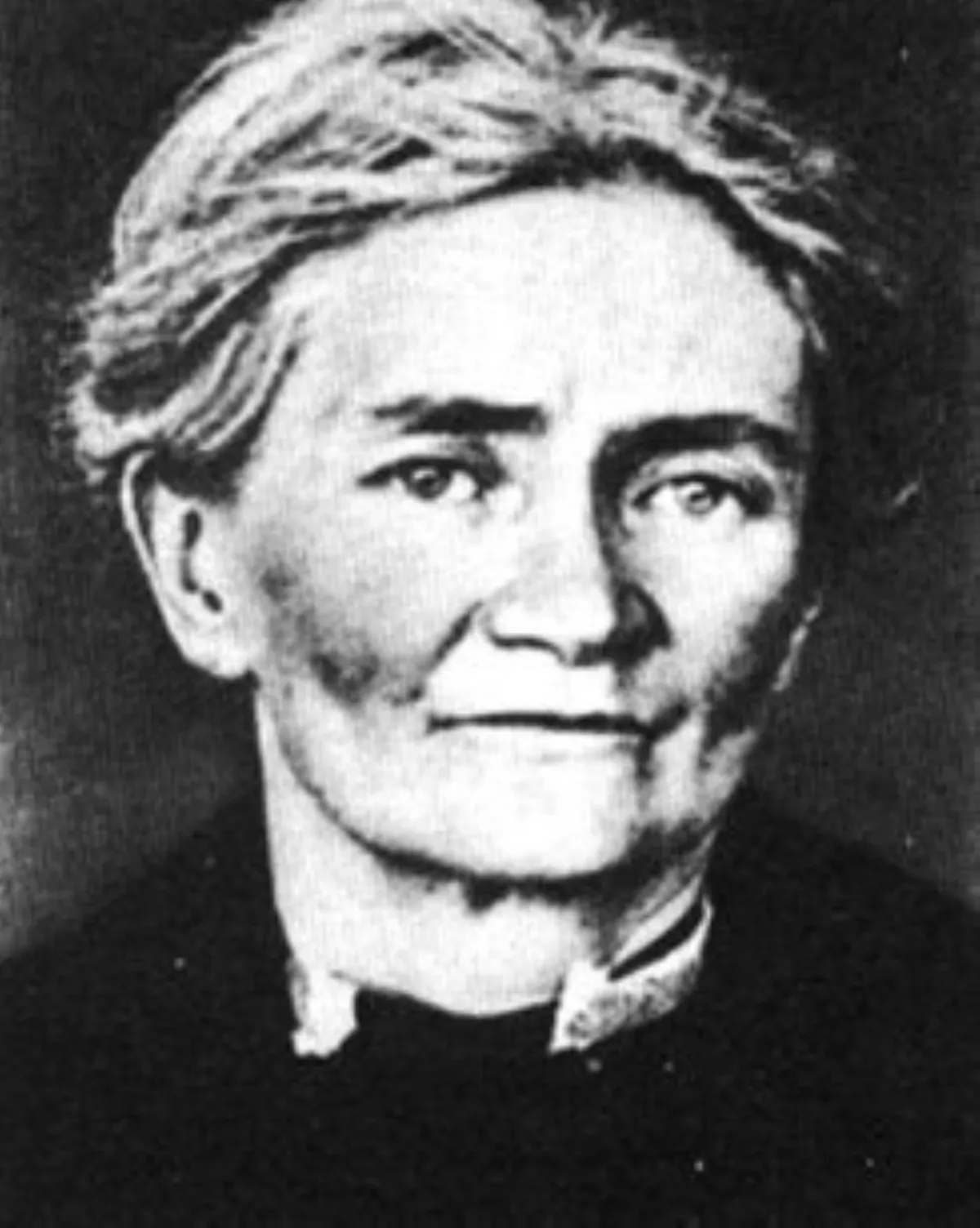 1.
1. Violet Albina Gibson was an Irish woman who attempted to assassinate Benito Mussolini in 1926.

Violet Gibson was released without charge but spent the rest of her life in a psychiatric hospital in England.
Violet Gibson was the daughter of Lord Ashbourne, Lord Chancellor of Ireland.
Violet Gibson was born in Dublin, Ireland, on 31 August 1876.
Violet Gibson's father was an Irish lawyer and politician, Edward Gibson, who was created Baron Ashbourne in 1885.
Violet Gibson was presented as a debutante at court during the reign of Queen Victoria.
Violet Gibson had a nervous breakdown in 1922; she was declared insane and committed to a mental institution for two years.
On 7 April 1926, Violet Gibson shot Mussolini, the Prime Minister of Italy and leader of the National Fascist Party, as he walked among the crowd in the Piazza del Campidoglio in Rome after leaving an assembly of the International Congress of Surgeons, to whom he had delivered a speech on the wonders of modern medicine.
Violet Gibson had armed herself with a rock to break Mussolini's car window if necessary, and a Modele 1892 revolver disguised in a black shawl.
Violet Gibson fired once, but Mussolini moved his head at that moment and the shot hit his nose; she tried again, but the gun misfired.
Mussolini's son, in his memoir, gives an alternative account, recounting that Violet Gibson fired twice, once missing and once grazing Mussolini's nose.
Violet Gibson was almost lynched on the spot by an angry mob, but police intervened and took her away for questioning.
Violet Gibson told interrogators that she shot Mussolini "to glorify God" who had kindly sent an angel to keep her arm steady.
Violet Gibson spent the rest of her life in a psychiatric hospital, St Andrew's Hospital in Northampton, despite repeated pleas for her release.
Violet Gibson died on 2 May 1956 and was buried in Kingsthorpe Cemetery, Northampton.